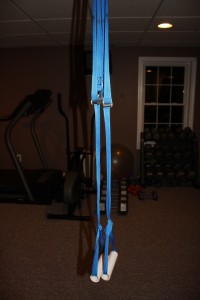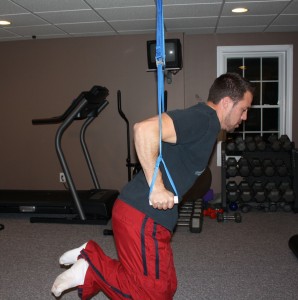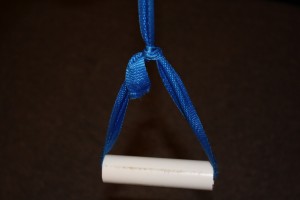Believe it or not, deadlift benefits apply to
more than just cavemen!
Perhaps you have seen the Planet Fitness television commercials that mock the “meat head” weight lifter who walks around mumbling “I pick things up and put them down”. That, my friend, is a prime example of the sissification of the world!
That type of garbage advertising sends people off on hopeless tangents to drudge away on treadmills or crank out endless sets of isolation exercises on whatever worthless exercise machine crosses their path.
Well, the authors of “The New Rules of Lifting” pretty much summed it up:
The deadlift is “perhaps the most useful exercise
you can do with weights.”
Eric Cressey, Author of Show and Go Training, demonstrating the conventional deadlift
Deadlift mission statement
The deadlift is in the business of getting things done. This king of exercises is your best bet to tackle almost any physical situation life throws at you. Want to jump higher? Want to lift a small vehicle off an accident victim? Maybe you just want to burn some belly fat. The deadlift has you covered for all of this and much more!
Primary Deadlift benefit – it works most of your body
When you perform the deadlift exercise, your body has to use almost all of its major muscles. If you had to pick which exercise gives you the most bang for your buck, the deadlift is pretty much it.
The primary muscle used are the “hip extensors”. These are your gluteals (aka butt muscles) and hamstrings. Your quadriceps (quads) join the party as well becuase you start with bent knees.
Your lower back and abdominals (often called your core) need to stay tight throughout the exercise. They work like crazy to keep your spine where it should be. This does NOT mean that the deadlift puts your spine at risk. On the contrary, performed correctly, the deadlift can reduce the risk of spine injury in sports becuase of the core training benefit.
The final major muscle used is your trapezius. This massive muscle works hard to keep your shoulder blades stabilized during the lift.
Note:
If you enjoyed this post, please spread the word by using the Facebook “like” button and Google +1 below!





